Introduction
The thickness of your deck boards can significantly influence not only the aesthetics of your wood deck but also its overall performance and longevity. Choosing the right boards for your deck, whether they are thick decking boards or thinner options, can make all the difference in how well your outdoor area serves you.
Understanding Decking Board Thickness
Decking board thickness typically ranges from 1 inch to 2 inches, and this dimension plays a vital role in determining how well your deck will hold up under various conditions. Thicker boards often provide better load-bearing capacity, which is essential if you plan to host gatherings or place heavy furniture on your deck of wood. Additionally, understanding the standard thicknesses available can help you make informed decisions about treated wood for a deck versus other materials.
The Importance of Choosing Right Boards
Selecting the right boards for your decking project goes beyond just aesthetics; it can impact safety and durability as well. Thick decking boards are generally more resilient against wear and tear from weather elements and foot traffic, ensuring that your investment stands the test of time. Moreover, choosing suitable materials like treated wood for decks can enhance both functionality and visual appeal, giving you peace of mind while enjoying your outdoor space.
Common Materials for Decking
There are several common materials used in decking today, each with its own set of advantages and drawbacks. Treated wood for decks remains a popular choice due to its natural look and strength; however, composite options have gained traction for their low maintenance requirements and durability against rot. Understanding these materials will help you choose the best type of board—whether it's traditional wood deck wood or modern synthetic alternatives—that fits your needs.
Why Thickness Matters in Decking

The choice of thick decking boards can significantly influence not only the structural integrity but also the overall aesthetic and longevity of your deck. Let's dive into why thickness matters and how it affects various aspects of your decking project.
Load-Bearing Capacity of Thick Decking Boards
One of the most crucial factors in choosing deck boards is their load-bearing capacity, which is directly impacted by thickness. Thick decking boards can support more weight, making them ideal for high-traffic areas or spaces that will accommodate heavier furniture and gatherings. When you opt for thicker boards, you're investing in a structure that can withstand the test of time and use without sagging or warping under pressure.
Impact of Thickness on Durability
Durability is another area where thickness makes a significant difference in deck wood performance. Thicker treated wood for a deck tends to resist wear and tear better than its thinner counterparts, offering greater protection against environmental factors like moisture and UV exposure. This means you’ll spend less time worrying about replacements or repairs, allowing you to enjoy your wood deck wood without unnecessary stress.
Aesthetic Appeal of Various Thicknesses
Lastly, let’s not forget about aesthetics—thickness can dramatically influence the visual appeal of your outdoor space. Different thicknesses create unique textures and shadows that enhance the overall design of your board's deck layout. Whether you prefer a more robust look with thick decking boards or something sleeker with slimmer options, choosing the right thickness helps achieve the desired ambiance while ensuring functionality.
Ideal Thickness for Different Applications
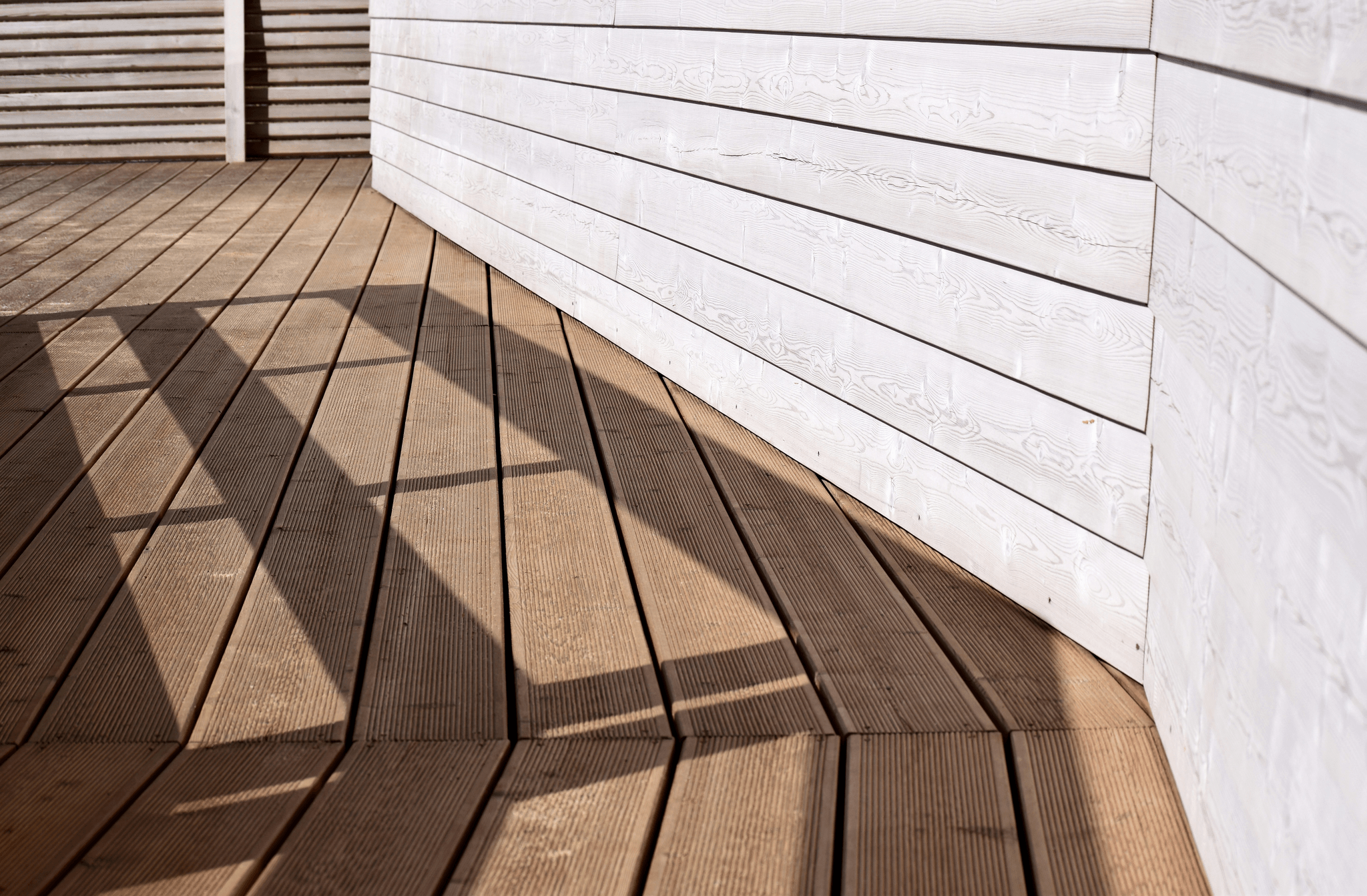
Different uses call for varying levels of durability and aesthetics, so knowing how thick your deck boards should be can make a significant difference in performance and appearance. Whether you're planning a cozy residential retreat or a bustling commercial space, choosing the right thickness will ensure your deck wood stands the test of time.
Residential Decking Recommendations
For residential decking, thick decking boards are often recommended to provide both comfort and durability. A thickness of 1 to 1.5 inches is typically ideal for most home projects, offering excellent load-bearing capacity while enhancing the aesthetic appeal of your outdoor space. Treated wood for a deck not only resists moisture and pests but also gives homeowners peace of mind knowing their investment is protected against wear and tear.
Additionally, thicker boards can help reduce noise when walking on them, making your outdoor oasis more enjoyable. Homeowners should also consider how their choice of thickness complements other design elements in their yard or patio area. Ultimately, selecting treated wood for deck applications ensures longevity without sacrificing style.
Commercial Uses for Deck Boards
In commercial settings where heavy foot traffic is common, opting for thicker deck boards becomes even more critical. Typically ranging from 1.5 to 2 inches in thickness, these robust options can handle greater loads while maintaining structural integrity over time. Businesses that utilize thick decking boards not only enhance safety but also create inviting spaces that encourage customer engagement.
Moreover, using treated wood for decks in commercial areas helps fend off deterioration caused by constant exposure to elements and foot traffic abuse. Choosing the right materials with adequate thickness can lead to reduced maintenance costs and extended lifespans—an essential consideration when budgeting for commercial projects. Businesses investing in quality deck wood are likely to see a higher return on investment due to increased customer satisfaction and prolonged use.
Specialty Areas Needing Specific Thickness
Certain specialty areas may require specific thicknesses depending on unique needs or environmental conditions. For instance, pool decks often benefit from thicker boards that provide extra stability and slip resistance while accommodating water exposure challenges effectively. Similarly, rooftop decks may necessitate thicker materials that can support additional weight from furniture or landscaping features without compromising structural integrity.
In addition to functionality, aesthetic considerations play an important role here as well; thicker boards can create visually appealing transitions between different sections of outdoor spaces like patios or gardens. Homeowners should consult with professionals when determining the right thickness based on intended use cases—especially if they're venturing into specialty areas requiring unique considerations like composite materials or custom designs tailored specifically for their needs.
Comparing Materials: Wood vs. Composite
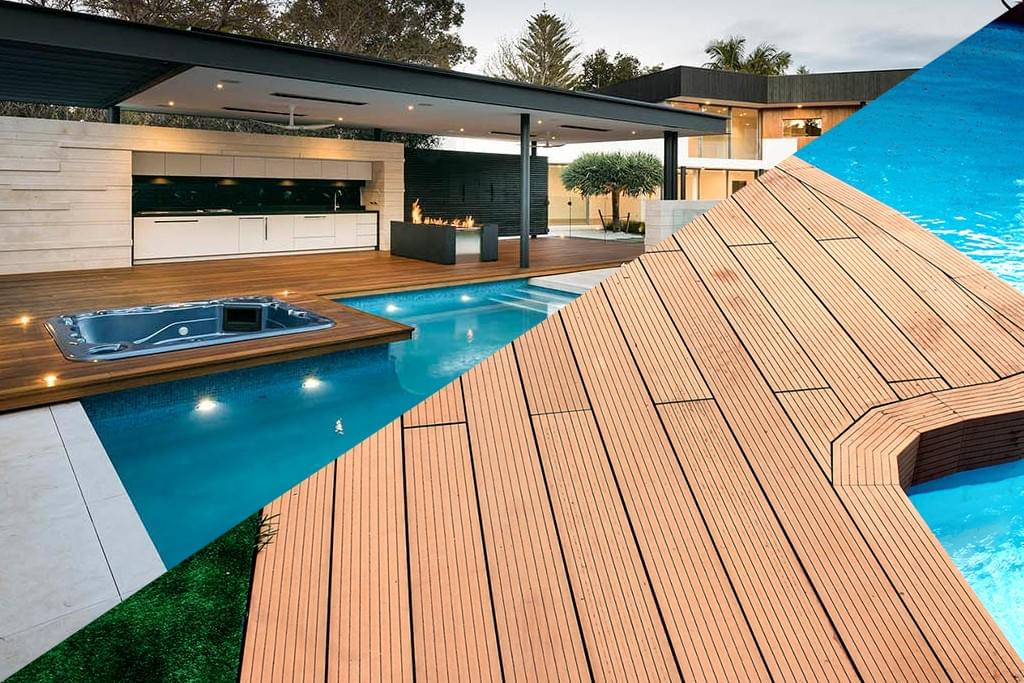
When it comes to selecting materials for your deck, the choice between wood and composite can significantly impact both aesthetics and functionality. Thick decking boards made from treated wood for a deck offer a classic look that many homeowners adore, while composite options provide a modern twist with lower maintenance needs. Understanding the benefits of each material can help you make an informed decision that aligns with your vision for your outdoor space.
Benefits of Treated Wood for Decks
Treated wood for decks has been a popular choice among homeowners for decades, and it’s easy to see why. The natural beauty of wood deck wood lends itself to a warm, inviting atmosphere that synthetic materials simply can't replicate. Additionally, thick decking boards made from treated wood are highly durable when properly maintained, providing excellent load-bearing capacity and resistance to wear over time.
One significant advantage of treated wood is its ability to be customized easily with stains or paints, allowing you to match your deck with the overall design of your home. Furthermore, the cost-effectiveness of using treated wood makes it an attractive option for those looking to build a beautiful deck on a budget. With proper care and attention, these boards can last for many years while adding value to your property.
Why Choose Composite Decking Inc
Composite decking has gained immense popularity in recent years due to its low maintenance requirements and longevity compared to traditional materials like treated wood for decks. Made from recycled plastic and wood fibers, composite boards deck provide an eco-friendly alternative without sacrificing durability or aesthetic appeal. Plus, thick decking boards made from composite materials resist fading, staining, and warping—issues often associated with natural woods.
The variety available in composite options means you can find colors and textures that mimic the look of real wood without the hassle of regular upkeep like sealing or staining. This makes composite decking an appealing choice for busy homeowners who want their outdoor spaces looking pristine year-round without constant attention. Investing in high-quality composite products can lead to long-term savings on maintenance costs while still delivering stunning results.
Longevity and Maintenance of Deck Wood
When discussing longevity in relation to deck materials, it's essential to consider how each option holds up over time under various weather conditions. Treated wood for decks typically requires regular maintenance—such as sealing or staining—to extend its lifespan; however, if cared for properly, it can last 15-30 years or more depending on environmental factors and usage patterns. Thick decking boards crafted from premium quality treated lumber will perform exceptionally well when maintained regularly.
On the other hand, although composite materials boast impressive longevity—often exceeding 25 years—they still require occasional cleaning but not as frequently as their wooden counterparts do. The trade-off here is clear: while wooden decks may require more hands-on care upfront (and possibly higher long-term costs), they offer timeless charm that many find irresistible compared to synthetic alternatives like composites. Ultimately, choosing between these two types boils down to personal preference regarding aesthetics versus practicality.
Cost Implications of Thickness
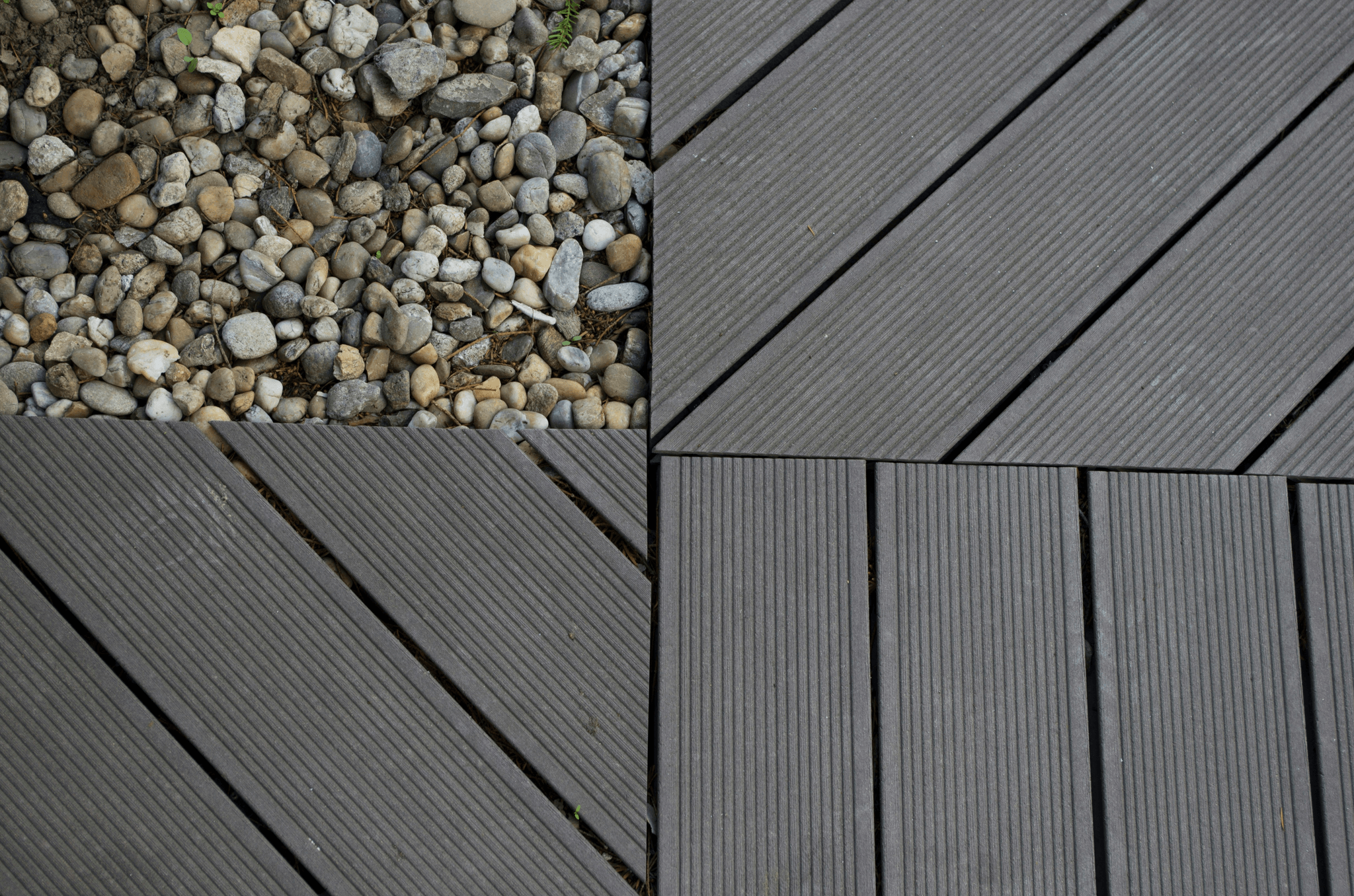
When considering a new deck, the thickness of your decking boards can significantly influence your overall budget. Thick decking boards often come with a higher upfront cost, but they can also offer advantages that may justify this initial investment. As you navigate the world of deck boards, it’s essential to weigh these costs against long-term benefits.
Budgeting for Thick Decking Boards
Budgeting for thick decking boards requires careful planning and consideration of various factors. While thicker boards may have a higher price tag, they can provide enhanced durability and reduced maintenance needs over time, which may save you money in the long run. It’s crucial to account not only for the cost of the materials but also any additional expenses related to installation and maintenance when planning your budget.
Long-Term Savings on Treated Wood for Deck
Investing in treated wood for a deck can lead to significant long-term savings compared to other materials or thinner options. Treated wood is designed to resist rot and insect damage, ensuring that your deck wood lasts longer without needing replacement or extensive repairs. By opting for thick treated wood for your deck, you’re likely to minimize future costs associated with maintenance and replacements, making it a wise financial decision.
ROI Considerations for Deck of Wood
When calculating the return on investment (ROI) for your deck of wood, thickness plays an important role in determining value over time. Thicker boards tend to increase property value due to their durability and aesthetic appeal, attracting potential buyers if you ever decide to sell your home. Additionally, investing in quality thick decking boards now means fewer worries down the line about repairs or replacements—allowing you more time to enjoy your outdoor space.
Installation Considerations
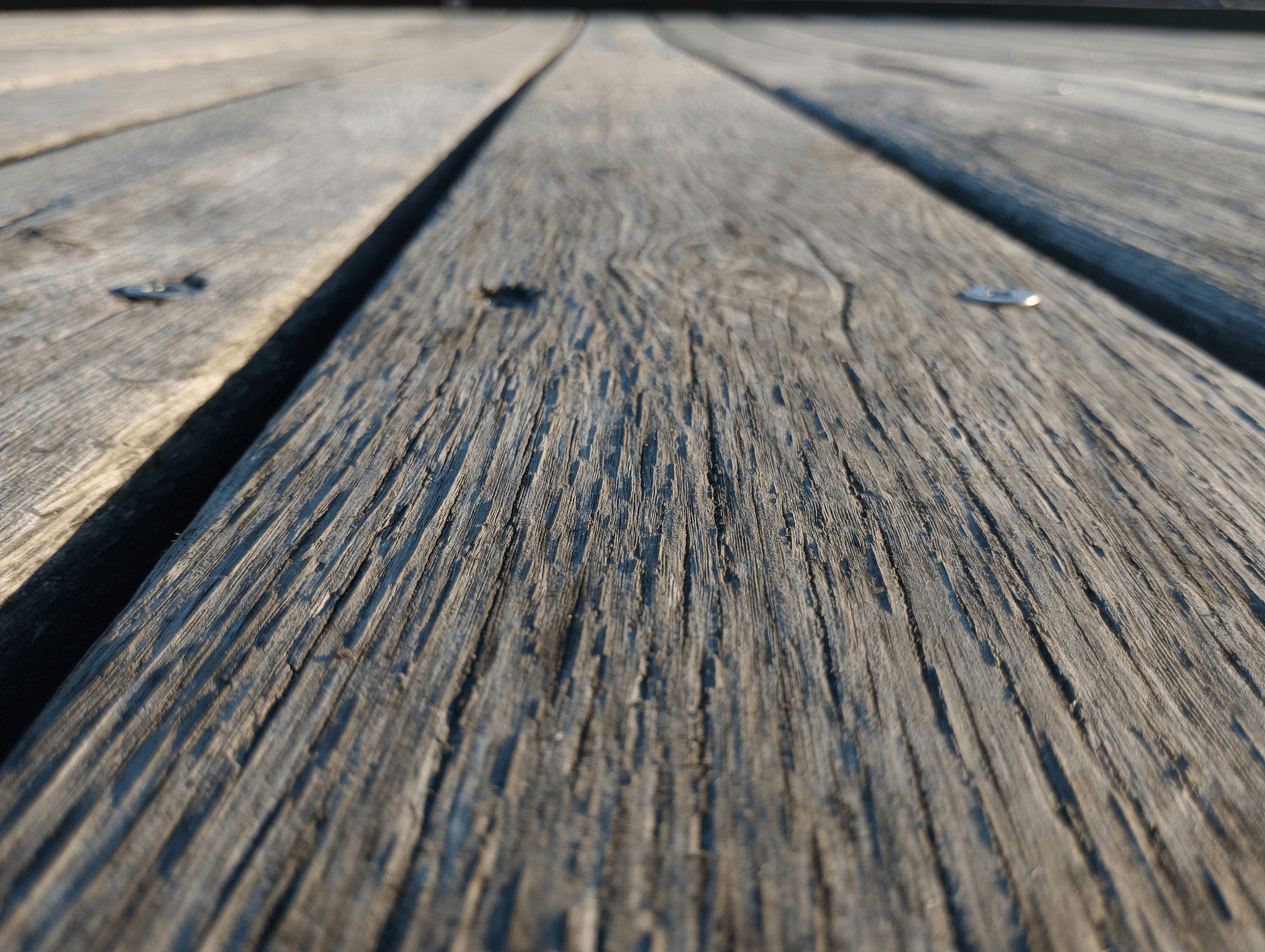
When it comes to installing thick decking boards, the nuances of thickness can significantly influence your approach. The installation process for deck boards requires careful planning, particularly when dealing with treated wood for a deck or other heavier materials. Understanding how thickness impacts everything from substructure requirements to fastening techniques is crucial for a successful build.
How Thickness Affects Installation Techniques
The thickness of your decking boards directly affects how they should be installed and supported. For instance, thicker boards may necessitate closer spacing between joists to ensure they can handle the load without sagging over time. Additionally, the weight of thick decking boards means you might need more robust fasteners and potentially different tools to secure them properly, making it essential to plan ahead.
Moreover, thicker boards often require more precise cuts and adjustments during installation since any inconsistencies can lead to uneven surfaces or gaps that detract from the overall appearance of your wood deck wood. If you're using treated wood for a deck, it's also vital to account for any expansion or contraction that could occur due to weather changes—thicker materials may react differently compared to thinner alternatives. Ultimately, understanding these factors will help you achieve a sturdy and visually appealing finished product.
Tools and Skills Needed for Thick Decking
Installing thick decking boards isn't just about having the right materials; it also requires specific tools and skills tailored for heavier products like treated wood for a deck. Essential tools include circular saws with sharp blades designed for cutting dense materials, as well as impact drivers capable of driving larger screws into thick board surfaces effectively. You may also want specialized clamps or jigs that can hold thicker pieces securely while you work.
Skill-wise, familiarity with carpentry basics is crucial when handling thick deck boards; this includes measuring accurately and making precise cuts without compromising structural integrity. If you're new to this type of project, consider practicing on scrap pieces before committing your treated wood for a deck or other valuable materials—this will help build confidence in your technique while minimizing costly mistakes later on.
Common Mistakes in Deck Board Selection
Choosing the right thickness in board selection is critical but often overlooked by DIY enthusiasts tackling their first project with deck wood wood or composite options alike. One common mistake is opting for thinner boards under the assumption that they’ll be easier to work with; however, this can lead to issues down the line regarding durability and load-bearing capacity if not adequately supported by joists spaced appropriately apart.
Another frequent pitfall involves neglecting compatibility between different types of decking materials—mixing thick decking boards with thinner ones may create visual inconsistencies that detract from curb appeal while also complicating installation techniques further down the line! Lastly, failing to consider maintenance needs associated with various thicknesses can result in unexpected costs; thicker treated wood for decks often requires less frequent replacement compared to their slimmer counterparts but might come at an initial premium price point.
Conclusion
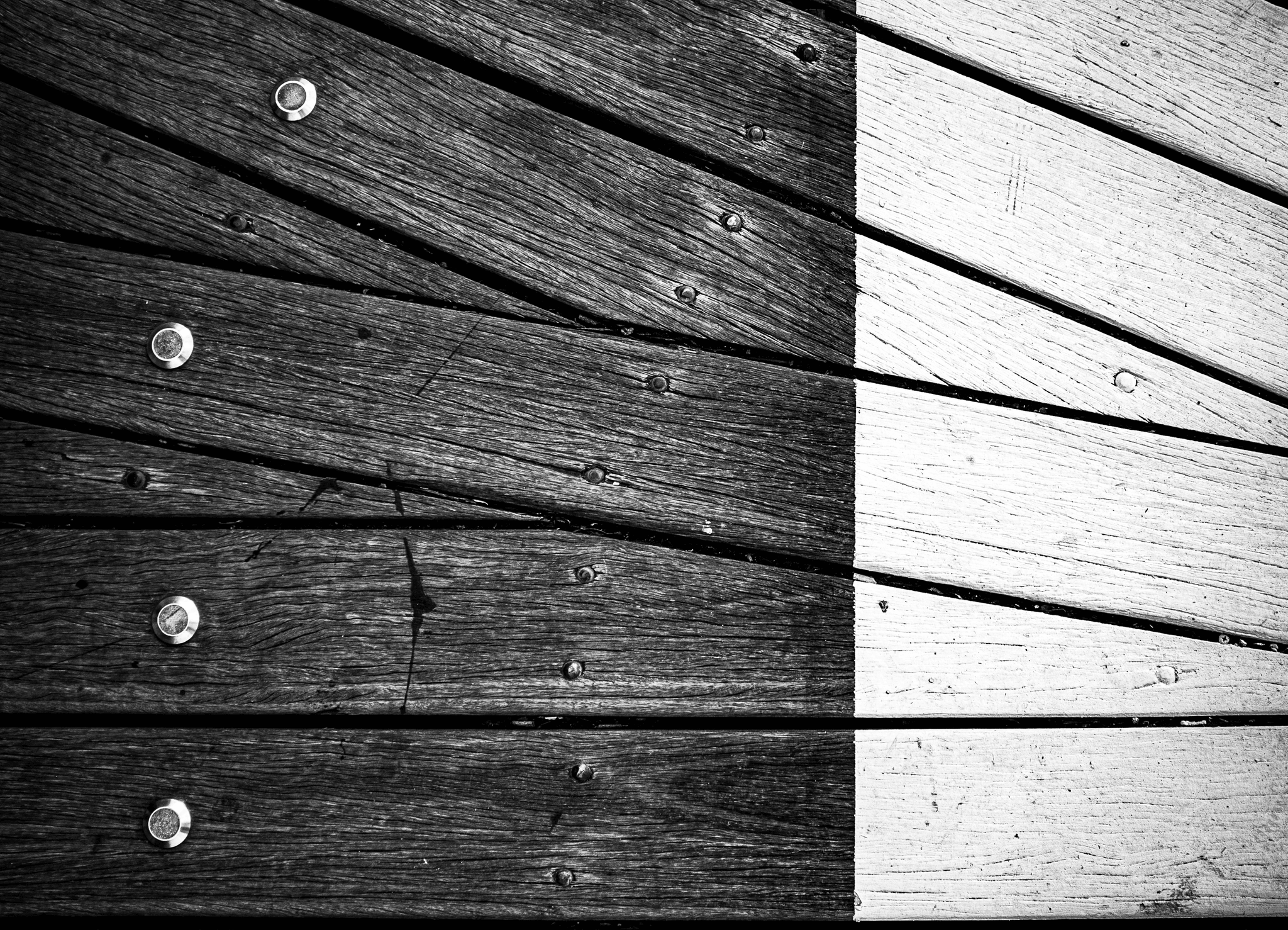
In the world of decking, choosing the right thickness is crucial for ensuring your outdoor space meets both aesthetic and functional needs. Whether you’re considering thick decking boards or standard options, understanding how thickness affects performance can save you time and money in the long run. Ultimately, the decision should reflect your specific requirements, whether it’s a cozy wood deck wood for family gatherings or robust boards deck for commercial use.
Choosing the Right Thickness for Your Needs
When selecting deck boards, it's essential to consider how you plan to use your space. For residential projects where comfort and style are paramount, opting for thicker boards can enhance durability while providing a more substantial feel underfoot. On the other hand, if you're working on a commercial project that demands high load-bearing capacity, investing in thick decking boards ensures safety and longevity.
Balancing Aesthetics and Functionality
Finding harmony between aesthetics and functionality is key when designing your outdoor oasis with treated wood for a deck or composite materials. Thicker boards not only offer greater strength but also add visual appeal, creating a more inviting atmosphere for gatherings or relaxation. Remember that choosing the right thickness doesn’t mean sacrificing style; rather, it enhances the overall look of your wood deck wood while providing practical benefits.
Investing in Quality for Longevity
Investing in quality materials like treated wood for deck applications ensures that your structure withstands the test of time. Thick decking boards may come with a higher upfront cost, but their durability translates into long-term savings by reducing maintenance and replacement needs over time. By prioritizing quality in your choice of deck wood, you’re not just building an outdoor space—you’re creating an investment that will serve you well for years to come.
